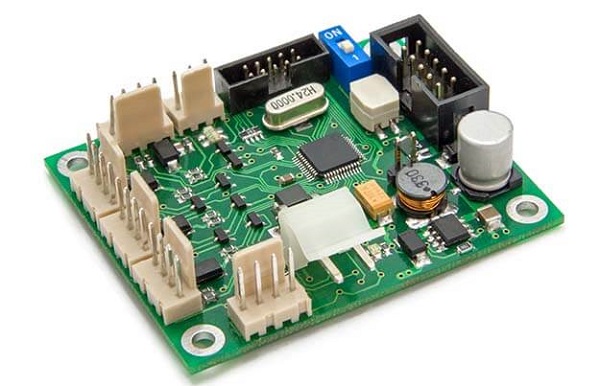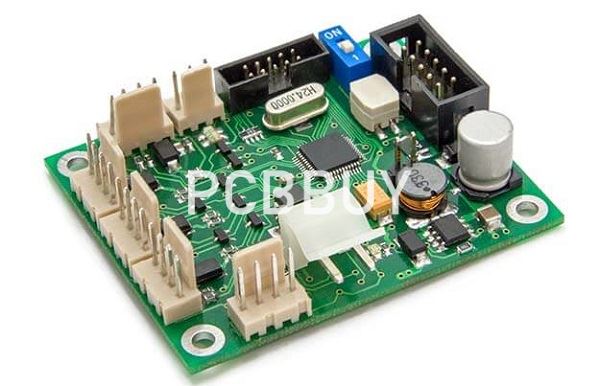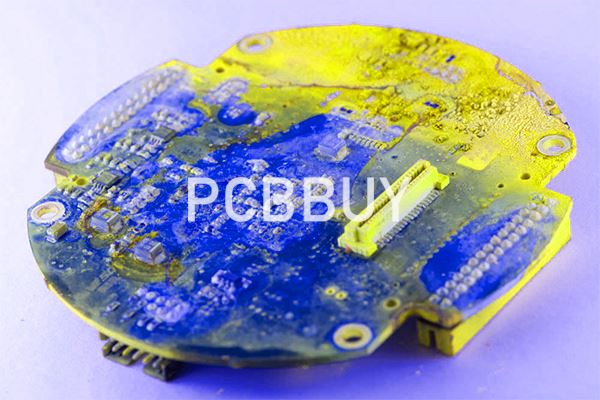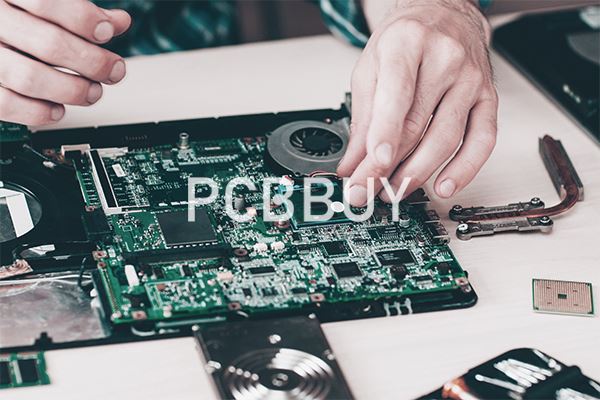What Is Magnetic Coupling in PCB Manufacturing Process?
By:PCBBUY 04/21/2022 09:53

Magnetic coupling is a different animal. A moving electrical charge will generate a magnetic field as a byproduct. The magnetic fields can be quite powerful though their effect drops off rapidly as the victim moves away from the aggressor.
During the PCB manufacturing process, there are several factors for a high quality finished products. If you are going to learn more information about magnetic coupling PCB, please check and read the content below in this passage.

What are the features of magnetic coupling PCB?
While you don’t have to give them a ton of space, the clearance around an inductor or a transformer should be considered in all three dimensions. If I had an inductor for a switch mode power supply on layer one, I would consider a few layers below the inductor to be no-man’s land, especially for any high-speed signal routing.
So we have an induction field close to the conductor and a radiation field that spreads out further. The electric and magnetic currents flow orthogonal to one another with the magnetic field wrapping around the conductor as it goes along. We can figure out the direction of the flow of the magnetic flux using what the physics teachers call the right-hand-rule.
Why to choose coupling for PCB trace?
When transmission lines run side by side, the capacitive coupling mechanism is dominated by the magnetic component of the electromagnetic field. In over and under routing the electric field will dominate.

Several methods have been proposed for controlling backward crosstalk. Among these are:
· Restricting length that transmission lines run side by side
· Inserting “guard traces” between the two transmission lines
· Rows of “ground” vias on both sides of a sensitive signal
What are the advantages of PCB coupling?
Looking on the bright side, a talkative child can be a sign of a future leader, debater, or lawyer. In this same way, capacitive coupling can be good or bad, depending on the circumstances.
When intentionally applied in electronics, the principle of capacitive coupling gives rise to the miracle of modern devices like touch panels and capacitive sensing buttons. These devices detect and convert the changes in measured capacitance into user inputs.
However, capacitive coupling that results from unintended capacitance or parasitic capacitance is disruptive to a circuit’s performance. Capacitive coupling is what causes crosstalk, where the signal from one conductor is coupled into an adjacent one.
What are the main types of crosstalk of PCB coupling?
All crosstalk occurs between a victim line (the net or transmission line where a crosstalk signal is induced) and one or more aggressor lines (the net or transmission line that induces the crosstalk signal in the victim). If you read through different tutorials and websites, you’ll see that there are several terms used to describe types of crosstalk:

· Far-end crosstalk (FEXT). This is the crosstalk signal measured at the receiver end of a cable or transmission line.
· Near-end crosstalk (NEXT). This is the crosstalk signal measured at the transmitter end of a cable or transmission line.
· Power-sum NEXT and FEXT (PSNEXT and PSFEXT). These are not a different type of crosstalk, these terms simply refer to the way in which crosstalk is quantified. In this case, it’s done in terms of absolute or relative power.
· Alien crosstalk (AXT). This term is used in the telecommunications industry to describe crosstalk between twisted pair wiring, but it is also used to describe crosstalk in PCBs for telecom systems.
· Power-sum equal-level crosstalk (PS-ELFEXT). This is basically equal to PS-FEXT + PS-NEXT.
· Forward and backward crosstalk. This just tells you the direction a crosstalk signal travels along a transmission line. Forward crosstalk propagates in the same direction as the aggressor signal, while backward crosstalk propagates in the opposite direction.
Why to choose magnetic PCB coupling?
Either crosstalk or coupling describes the injection of electromagnetic energy from one transmission line to another running nearby. In printed circuit boards, this alien crosstalk is usually two traces running side by side in the same layer or one over the top of the other in adjacent layers. This coupled energy appears as noise on the victim trace and can cause malfunctions if the amplitude is too large. Though inductive coupling, or magnetic field crosstalk, can occur in PCBs, usually crosstalk comes from electric field-based capacitive coupling. This section will describe how this noise is transferred from trace to trace and methods for preventing it from happening.
Figure 1 is a diagram showing capacitive coupling in two transmission lines traveling side by side. The upper transmission line is shown switching and the lower one is inactive. Notice that there are two waveforms alongside the victim line. One is at the end of the lines where the driver is on the driven line, and the other is at the opposite end or far end. Note that the waveshapes are different. The wave frequency and form at the driver end of the victim line is usually called backward cross talk or “near end crosstalk”, “NEXT” and the waveform at the far end of the victim line is “forward crosstalk or “far end crosstalk”, “FEXT”.
Industry Category











